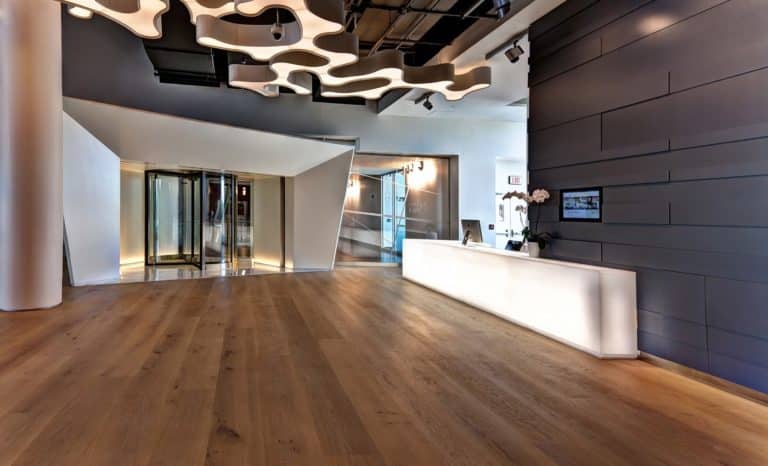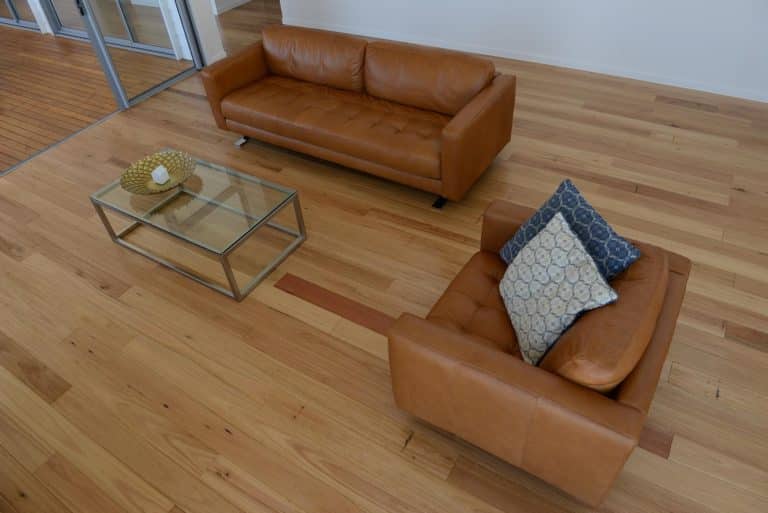Are you considering upgrading flooring but unsure whether to use hybrid or traditional timber flooring? Choosing the right type of flooring can significantly impact your home’s aesthetics, durability and maintenance needs. Let’s examine the pros and cons of both options to help you make an informed decision.
Composition And Installation
Hybrid flooring comprises multiple layers, including a protective top layer, a decorative design layer, a rigid core and an underlayment. This multi-layer structure provides durability, water resistance and a realistic timber appearance. Installation is straightforward, often using a click-lock system that allows the planks to float over the subfloor without nails or glue.
On the other hand, traditional timber flooring is made from solid hardwood planks, offering natural beauty and strength. Installation requires professional expertise involving precise fitting, nailing and potential sanding and finishing to ensure a seamless and long-lasting floor.
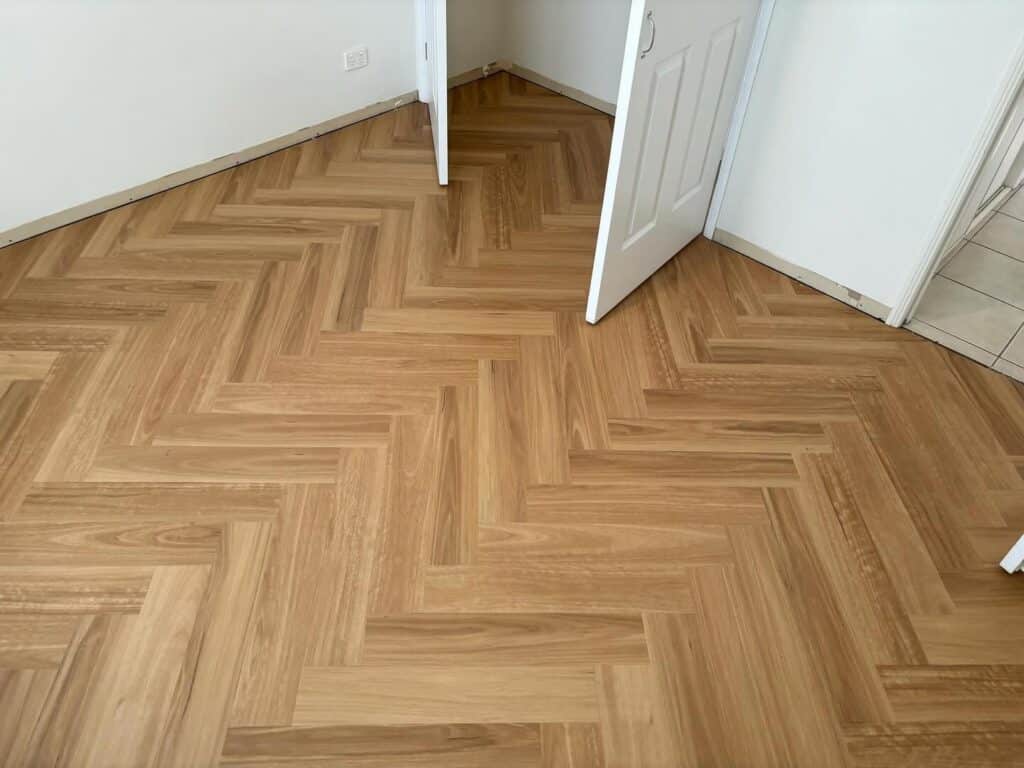
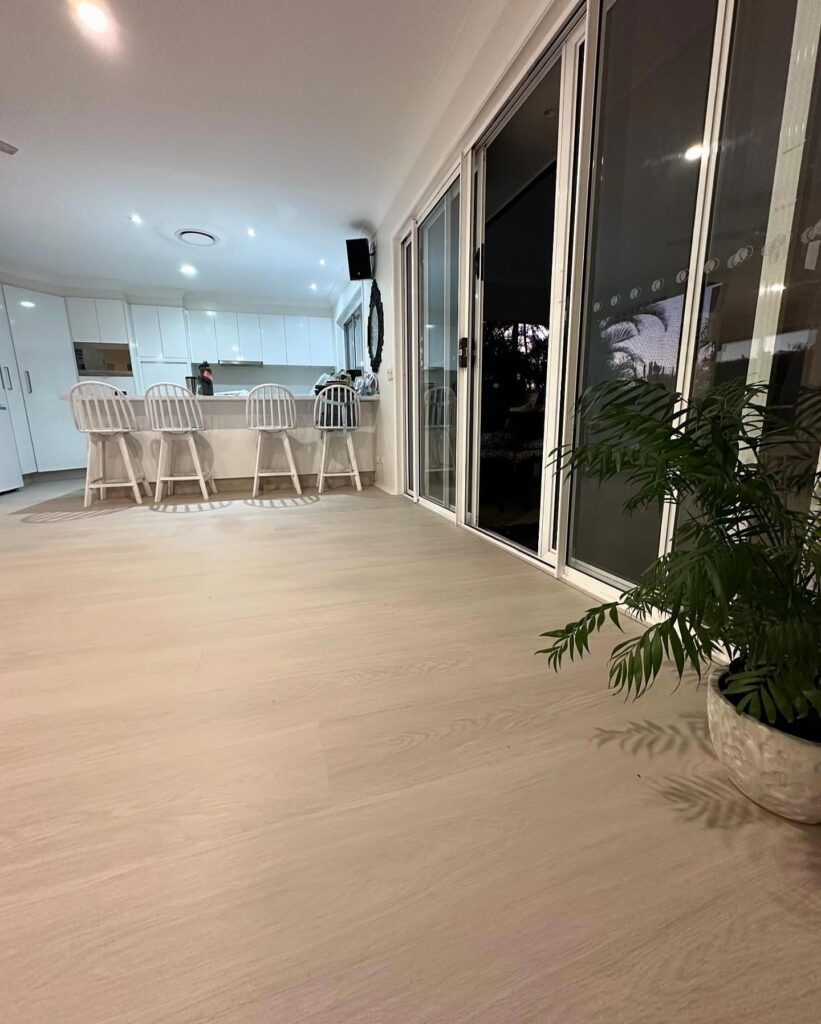
Durability And Longevity
When it comes to durability, hybrid flooring excels in areas with high moisture and heavy foot traffic. Its water-resistant properties make it ideal for kitchens, bathrooms and basements.
On the other hand, traditional timber flooring, while exceptionally durable, can be susceptible to moisture damage if not properly sealed and maintained. However, with the right care, timber floors can last for decades, offering a timeless appeal and the potential for refinishing to restore their original beauty.
Aesthetic Appeal: Comparing The Visuals
Both hybrid and traditional timber flooring offer stunning visual appeal, but distinct differences exist.
Hybrid Flooring:
- Wide range of designs mimicking natural wood.
- Consistent appearance with fewer imperfections.
Traditional Timber Flooring:
- Authentic and unique wood grain patterns.
- Rich and natural aesthetics that add character to any space.
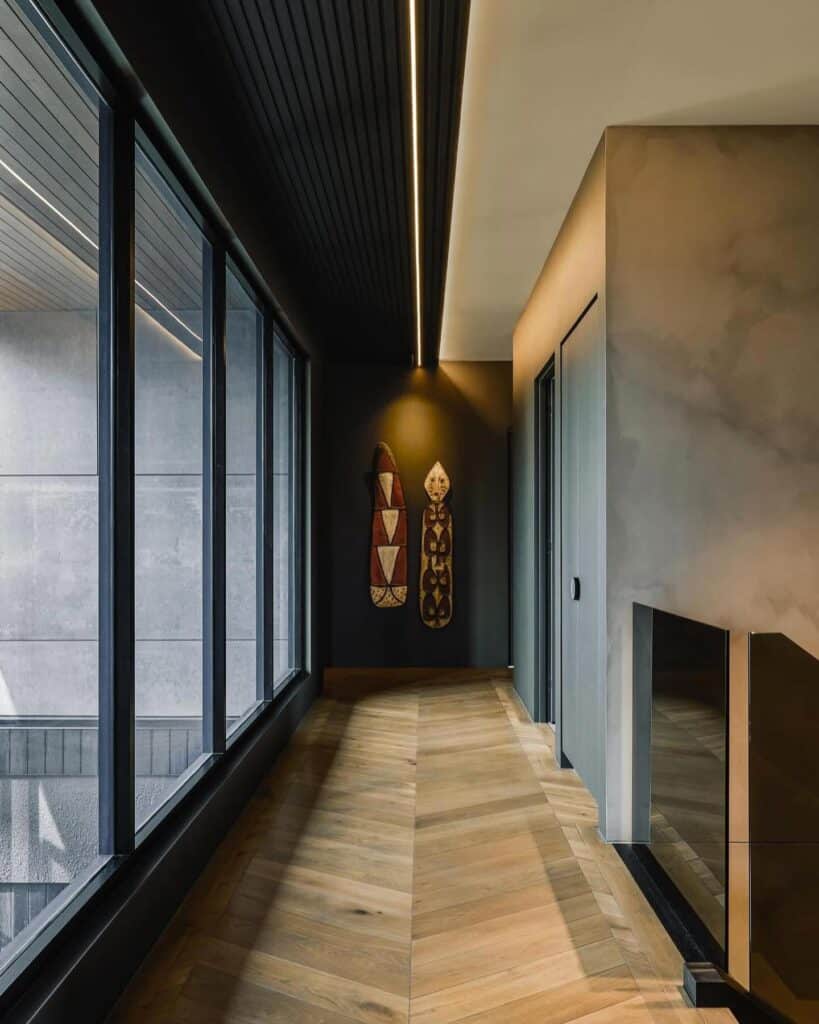
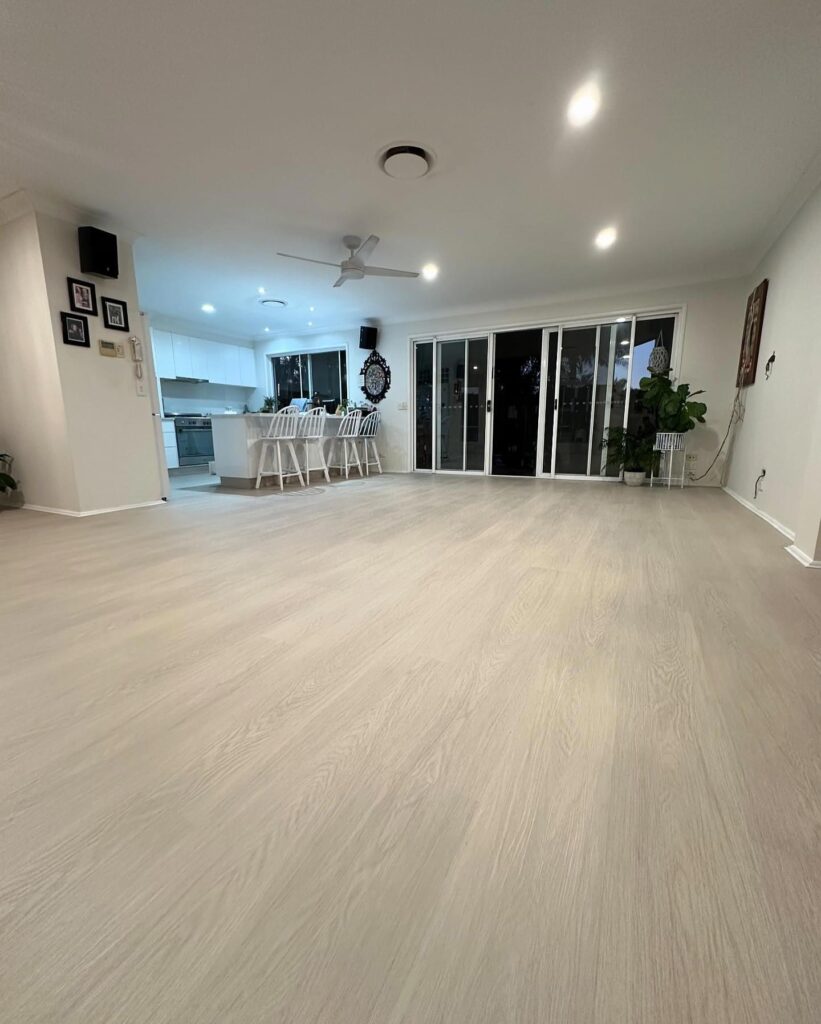
Maintenance Needs: Ease Of Upkeep For Flooring Types
Maintaining your flooring is crucial for long-term satisfaction and performance. Hybrid flooring requires minimal maintenance. Regular sweeping and occasional mopping with a damp cloth is usually sufficient to keep it looking pristine. Its resistance to stains and spills further simplifies upkeep, making it an excellent choice for busy households.
Traditional timber flooring demands a bit more attention. Regular sweeping and mopping are necessary to prevent dirt and grit from scratching the surface. Additionally, timber floors may require periodic refinishing to address wear and tear, but this effort pays off by extending the floor’s lifespan and preserving its beauty.
Cost Analysis: Initial Investment Vs Long-Term Value
Cost is a significant factor when choosing between hybrid and traditional timber flooring. Hybrid flooring typically offers a lower initial investment compared to timber. Its durability and low maintenance can also translate to cost savings over time.
While traditional timber flooring is more expensive upfront, its longevity and timeless appeal can add substantial value to your home. For many homeowners, the ability to refinish timber floors and restore them to their original condition is a worthwhile investment.
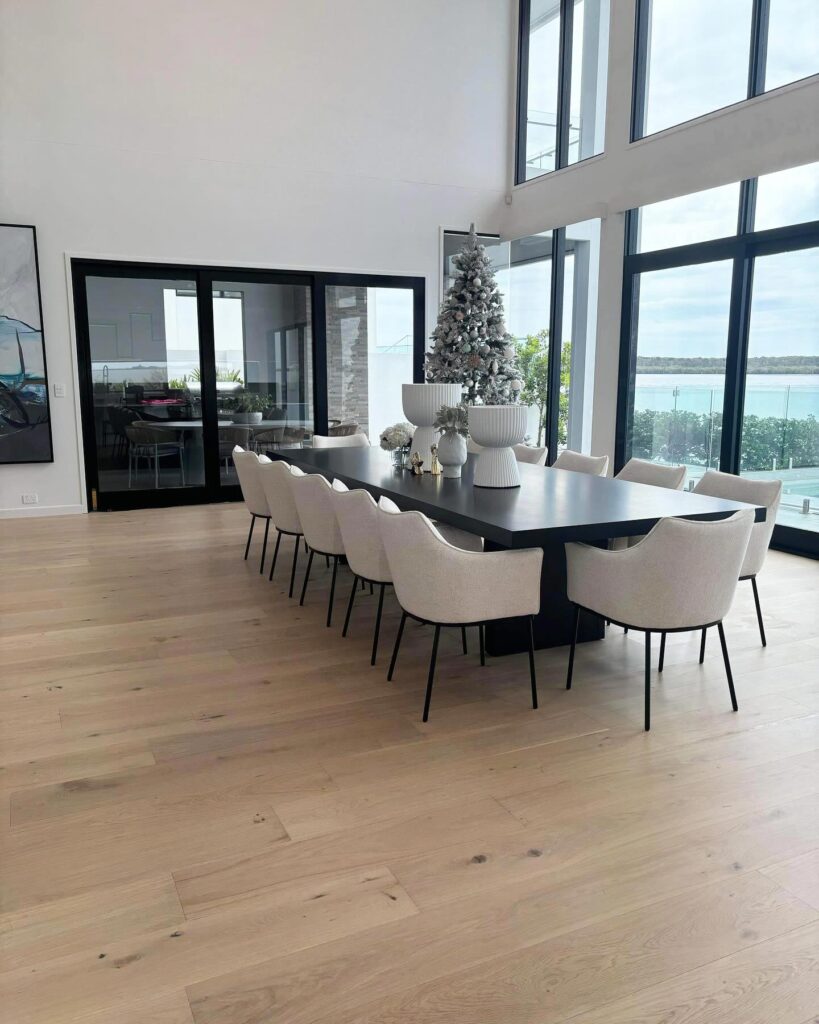
Upgrade Your Home With Stylish And Durable Flooring
Hybrid and traditional timber flooring each offer unique benefits. Hybrid flooring is moisture-resistant and easy to maintain, making it ideal for high-traffic areas and homes with pets or children. Traditional timber flooring boasts timeless beauty and longevity, perfect for a classic, elegant look. In this flooring comparison, it’s clear that both options have their merits. At Totally Flooring, we provide various flooring options, including hybrid and traditional timber flooring, to suit any style and budget. Our team is dedicated to helping you find the perfect flooring solution for your home or commercial space. Contact us today.



